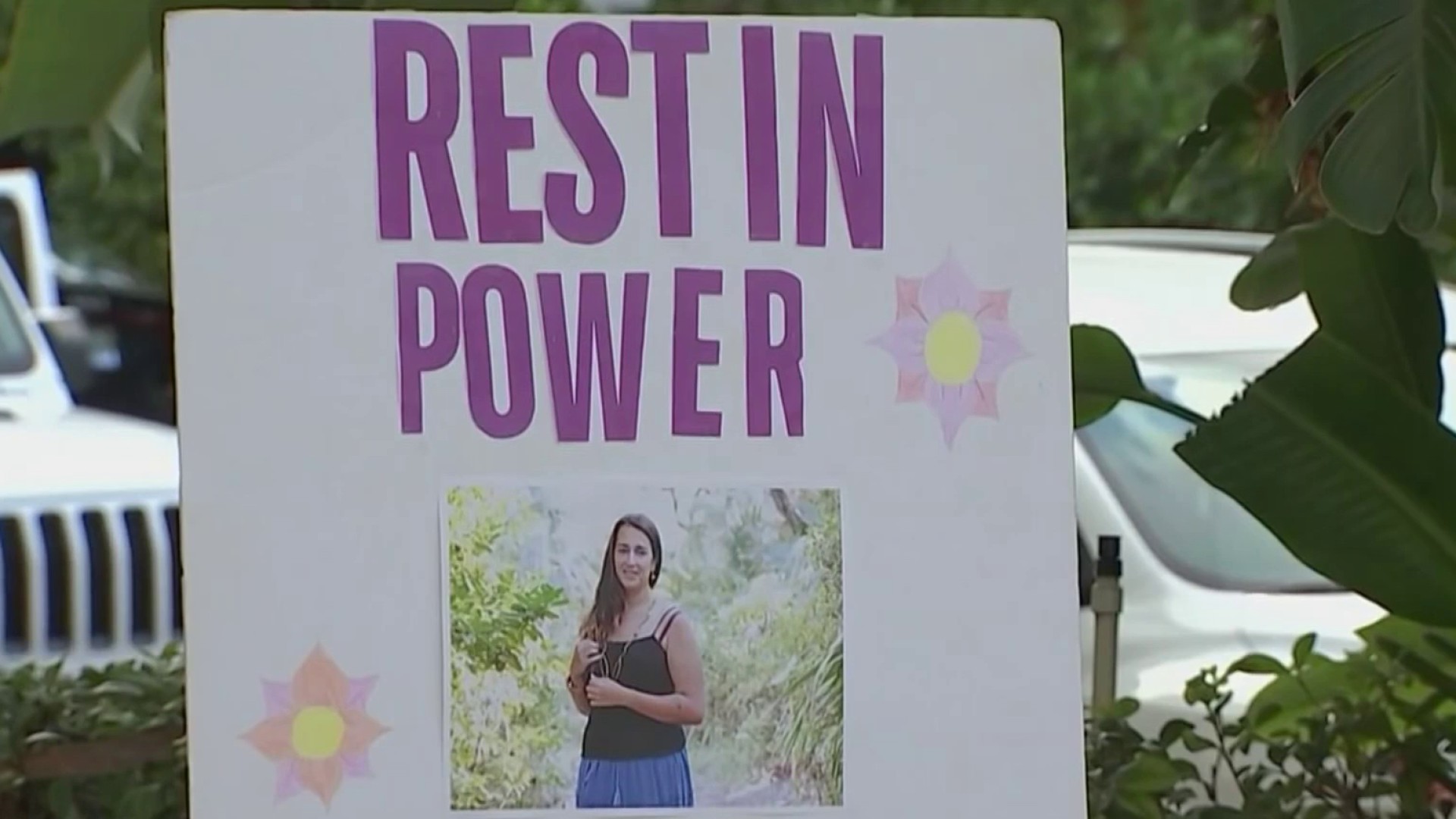Tropical Storm Grace formed Saturday morning in the Atlantic Ocean and grew stronger, while Fred weakened into a tropical wave as it headed into the eastern Gulf of Mexico.
Both systems were expected to bring heavy rain and flooding. Fred, which was once a tropical storm, could regain such strength on Sunday, according to the U.S. National Hurricane Center.
At 11 p.m. EDT, Grace was centered about 170 miles east-southeast of St. Croix. It was moving west at 20 mph with maximum sustained winds of 40 mph, down from 45 mph earlier in the day.
Get South Florida local news, weather forecasts and entertainment stories to your inbox. Sign up for NBC South Florida newsletters.
A tropical storm warning was issued for the British Virgin Islands, the U.S. Virgin Islands and Puerto Rico. A tropical storm watch was in effect for the Dominican Republic, which forecasters said Grace could reach by Monday, as well as the entire coast of Haiti.
Grace is forecast to eventually slow down in its movement speed before moving across the Virgin Islands and Puerto Rico on Sunday and the Dominican Republic on Monday.
Some strengthening is forecast over the next couple of days before Grace is expected to weaken early next week as it moves across the Greater Antilles, according to the NHC.
Local
Between three and six inches of rain is forecast across the Caribbean during Grace’s movement, while heavy rainfall is forecast for parts of South Florida and the Keys by Thursday.
Grace became the seventh named system of the 2021 hurricane season.
Meanwhile, Fred was downgraded to a tropical wave with top winds around 35 mph. Tropical waves can contain winds and heavy rain, but do not circulate around a center point or an “eye” that a tropical storm or hurricane has. Forecasters said Fred appeared “disorganized” and they projected it would pass west of the lower Florida Keys and then move into the eastern Gulf of Mexico. At 11 p.m. EDT, Fred's remnants were about 125 miles west-northwest of Havana and moving west-northwest at 9 mph. It had top sustained winds of 35 mph. It also was about 530 miles south-southeast of Mobile, Alabama.
Fred is expected to bring heavy rain to the Southeastern U.S. by Monday but is not projected to reach hurricane strength.
Already anticipating Fred, Florida Gov. Ron DeSantis had already declared a state of emergency for the state’s Panhandle region.
A tropical storm warning that has been in effect for the Florida Keys has been canceled.
Once a tropical storm, Fred weakened to a depression by its spin over Haiti and the Dominican Republic, where it knocked out power to some 400,000 customers and caused flooding that forced officials to shut down part of the country’s aqueduct system, interrupting water service for hundreds of thousands of people. Local officials reported hundreds of people were evacuated and some buildings were damaged.
Fred was expected to bring 3 to 5 inches of rain to the Keys and southern Florida through Monday.
No evacuations are planned for tourists or residents in the Keys. The county’s emergency management officials are advising people in campgrounds, recreational vehicles, travel trailers, live-aboard vessels and mobile homes to seek shelter in a safe structure during the storm.
In Alabama, Gov. Kay Ivey issued a statement Saturday saying her administration is monitoring the storm and “will be ready to act from the state level if needed.”



